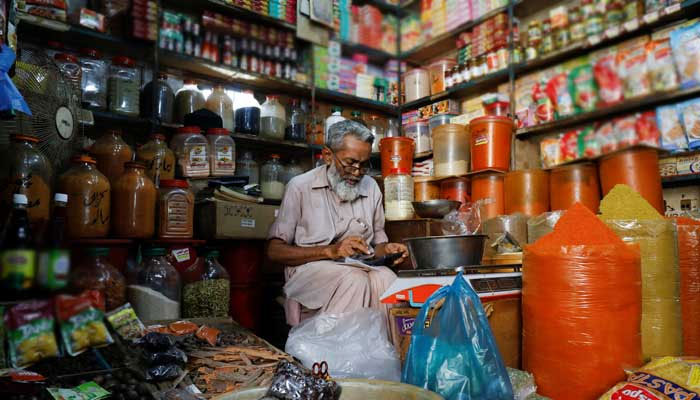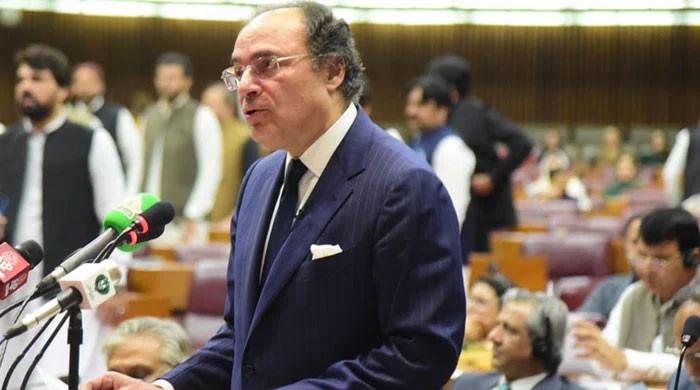Inflation at its lowest levels since December but still higher than govt target
Average inflation for the first four months of ongoing fiscal year has reached 28.5%
November 02, 2023

- Average inflation for first four months of FY24 at 28.5%.
- Rate still higher than govt’s target of 21% for FY24.
- Inflation in rural areas significantly higher than urban centres.
ISLAMABAD: Pakistan’s inflation rate declined to 26.9% in October 2023 making it the lowest level it has been since December of last year, reported The News on Thursday citing the Pakistan Bureau of Statistics (PBS) consumer price index (CPI) bulletin.
The inflation rate has also significantly dropped from a four-month high of 31.4% observed in September.
The average inflation for the first four months of the ongoing fiscal year reached 28.5%. However, the reading is still higher than the government’s target of 21% for the ongoing fiscal, the bulletin noted.
Notably, in May, inflation was at its record high of 38%. Since November 2021, inflation has persistently remained elevated and been in the double-digit territory.
This rate is the lowest primarily due to a substantial drop in food inflation to a 16-month low of 26.8%, compared to September’s 33.1%.
The bulletin further says that in October, the prices of alcoholic beverages and tobacco saw a rise of 84.6%, compared to 87.5% in September. The category of recreation and culture also witnessed a notable increase, with a jump of 56.3%, slightly lower than the 58.8% recorded in September.
Furthermore, furnishings declined to 37.1% compared to the 39.3% in the previous month.
However, the report noted that there were several changes in prices observed during the month of October. Hotel charges increased by 33%, slightly lower than the 34.3% in September. Transport expenses remained consistent at 31.3%, as in September.
Housing and utilities declined to 20.5% from the previous month’s 29.7%. Health expenses also saw a minimal decline to 25.2% from 25.3%. Clothing and footwear remained stable at 20.6%, and education expenses increased to 12.8% from 11.1%.
Over September, the inflation increased by 1.1%, following a 2% increase in the prior month.
Notably, the core inflation, which excludes food and energy components, stood at 18.5% against 18.6% in September and 18.4% in August.
The wholesale price index (WPI), a measure of producer prices, rose to 24.6% in October from 26.4% in September. The sensitive price indicator (SPI), which tracks the prices of essential items on a weekly basis, increased to 34.2% in October from 32% in September.
The inflation in rural areas was significantly higher at 28.9% than the 25.5% observed in urban centres. Over the previous month, both urban and rural inflations increased by 1.1%.











